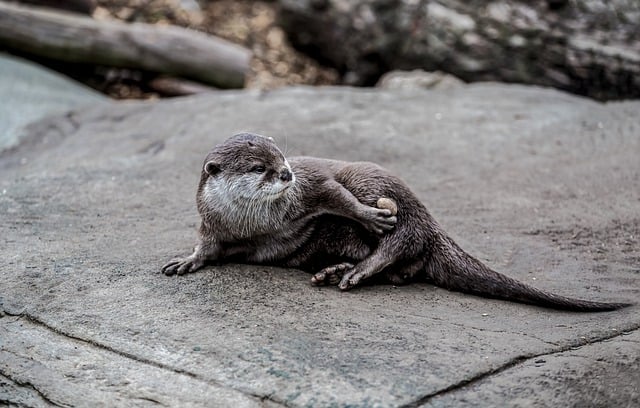Explore the intricate world of animals, a testament to nature’s ingenuity. This article delves into the rich tapestry of global animal ecosystems, highlighting the vast distribution and habitats that sustain diverse species. We’ll uncover the myriad adaptations and survival strategies that allow these creatures to thrive in their unique environments. Additionally, the critical role of human intervention in conservation efforts to safeguard endangered species will be examined, emphasizing the importance of preserving biodiversity for future generations. Join us as we navigate this fascinating subject matter, animals and their ecosystems.
The Diverse Ecosystems of Animal Life: An Overview of Global Species Distribution and Habitats
Animals inhabit a myriad of ecosystems across the globe, each with unique characteristics that influence their distribution and adaptation. The terrestrial biomes alone are varied, ranging from the arid deserts of Africa to the dense rainforests of the Amazon, each supporting a diverse array of life forms. Marine environments further diversify this spectrum, with species adapted to extreme temperatures in the polar seas to those thriving in the warm, nutrient-rich waters of coral reefs. Freshwater ecosystems, including rivers, lakes, and wetlands, host their own unique set of creatures, from the smallest plankton to the most elusive fish and amphibians. In these diverse settings, animals have evolved a remarkable array of survival strategies, from camouflage and specialized diets to symbiotic relationships and migratory patterns, all of which are critical for maintaining ecological balance. This overview highlights the incredible range of habitats that animals call home and underscores the importance of conservation efforts to protect these environments and the myriad species they sustain. Understanding global species distribution and habitats not only enhances our appreciation for the natural world but also informs sustainable practices and the preservation of biodiversity for future generations.
Adaptations and Survival Strategies: How Animals Thrive in Their Respective Environments
Animals possess a myriad of adaptations and survival strategies that are uniquely suited to their respective environments, showcasing the intricate web of life on Earth. These adaptations are honed through evolutionary processes over immense spans of time, ensuring that each species is equipped with the necessary tools for thriving in its niche. For instance, the transparent fins of the lanternfish enable it to blend seamlessly into the ocean depths, avoiding predators while hunting for food. Similarly, the arid-adapted kangaroo rat’s large ears facilitate the dissipation of excess heat in the desert, allowing it to survive in an environment with scant water resources. These animals demonstrate the remarkable ways in which nature has tailored organisms to their habitats, ensuring survival and continuity of species.
In another example, the polar bear’s thick white fur acts as camouflage in the snowy Arctic landscape, aiding in both hunting and evasion. The bear’s large paws spread out to walk on snow without sinking, and its special lip structure allows it to eat seals by cracking their bones and cartilage. Such adaptations exemplify how animals are intricately bound to their environments, with each feature playing a critical role in the animal’s survival. The study of these adaptations not only offers insight into the biological processes that drive evolution but also highlights the importance of conserving these species and their habitats to maintain ecological balance.
Conservation Efforts and the Role of Human Intervention in Protecting Endangered Species
Animals across the globe face various threats due to habitat destruction, climate change, and human encroachment. In response to these pressing challenges, conservation efforts have become a critical frontier in safeguarding the biodiversity that our planet depends on. These initiatives encompass a range of activities from habitat preservation and restoration to legislative measures aimed at protecting endangered species. Human intervention plays a pivotal role in these efforts, with conservationists, scientists, and governments working collaboratively to address the immediate needs of animals at risk. Protecting natural habitats by creating wildlife reserves and national parks is one approach that provides safe havens for many species. Additionally, captive breeding programs and reintroduction projects are employed to bolster populations of animals that have dwindled in number. The use of technology, such as satellite tracking and genetic analysis, aids in monitoring animal populations and understanding their ecological requirements better. Through these concerted actions, conservation efforts strive to maintain the delicate balance of ecosystems and ensure that future generations can continue to witness the rich diversity of life on Earth. The ongoing commitment to animal conservation is not only an ethical imperative but also a necessary strategy for maintaining the health of our planet’s environment.
